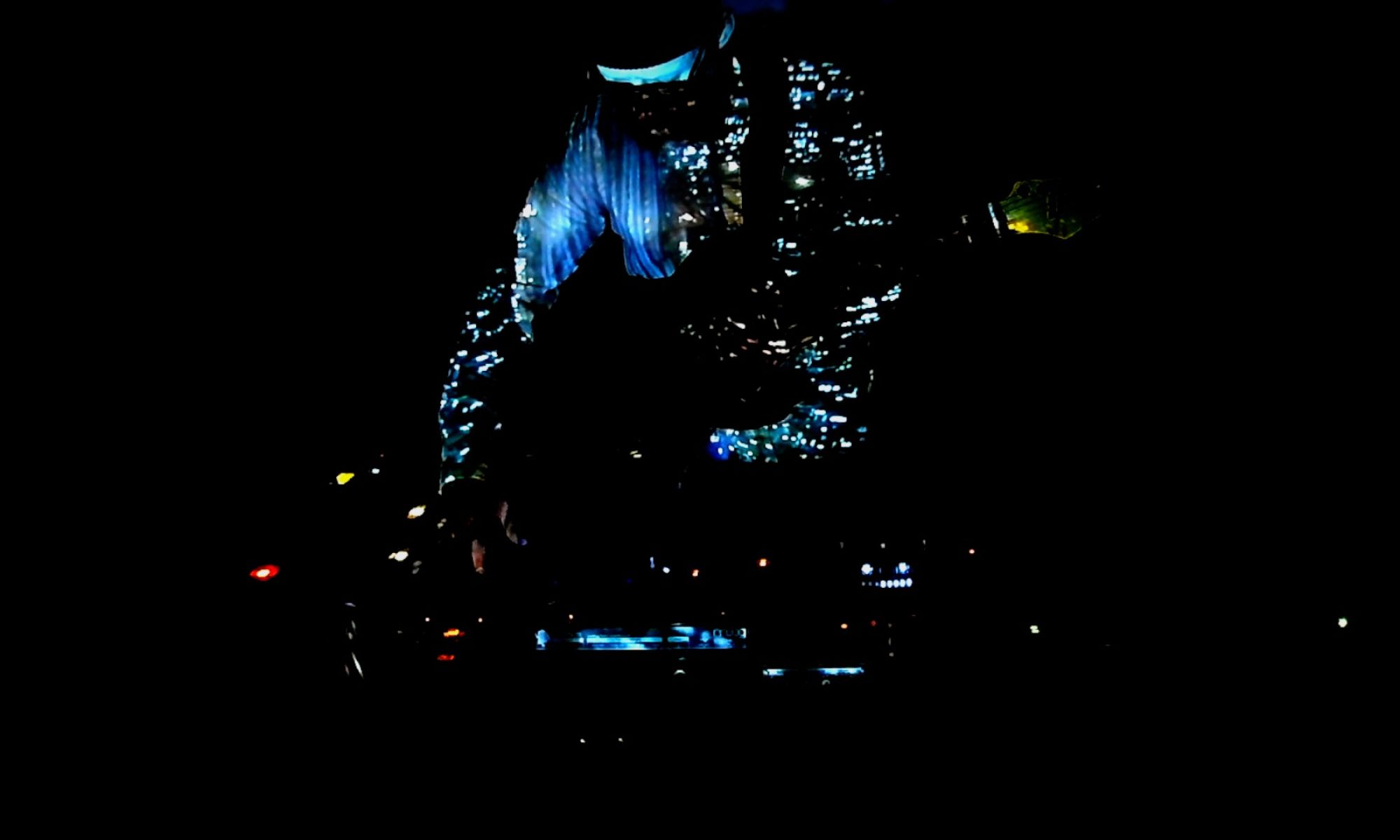The composition is in 3/4 time and, at a tempo of 120 beats per minute, has a duration of 5 minutes and 46 seconds. It is based on the last 15 amino acids of the 5th kringle domain in the human plasminogen protein, with an additional fictitious Methionine to “start” on.
Movement 1: DNA is melodically illustrated by turning bases into musical notes. We see the bases (nucleotides) up close. The two DNA strands (polynucleotides) are symbolized in the background and also serve as a sort of counter, showing where we are in the sequence. Base pairs are manifested as two nucleotide notes bound together rhythmically, with one tone leading to the next to achieve pairing. The number of beats is determined by the number of hydrogen bonds, alternating between two (A:T) and three (G:C) beats.
Movement 2: Transcription begins. The music uses stereo separation to “separate” the DNA strands. In the center of the stereo image, the mRNA melody is introduced. The original DNA melody now plays in the left (coding) and right (template) channels, with the delicate mRNA melody in the center of the stereo field.
Movement 3: Here, the mature mRNA leaves the cell nucleus, and the mRNA strand is shown at two zoom levels. One zoom level is the melody already established by the polymerase, while the other zooms in closely, displaying the atomic structure of the nucleotide that can be rhythmically illustrated in the language of music. There is a rhythmic progression that supports the overall narrative of movement from one place to another.
Movement 4: Translation begins. The mRNA melody we know from the previous scenes is now read in codons, which in the world of music become harmonic triads. The viewer is placed in the position of the ribosome. The triad sounds and is replaced with an amino acid after a single measure. Each amino acid is illustrated as a unique amino acid chord, where the sound characteristics illustrate the properties of the amino acid, such as “hydrophobicity,” “electric charge,” and “polarity.” After the translation is complete, there is a zoom out to show the entire peptide chain, after which the composition fades out.
The installation at Department of Molecular Biology and Genetics, Aarhus University
Testimonials
“Tao Højgaard’s artwork ‘The Central Dogma’ is a scientifically well-founded tour-de-force through the fundamental molecular processes of life, from the genes in our DNA to the proteins that govern our bodies. The experience of the primordial soup, from which the gently swaying DNA strands first emerge of their own accord, then translate into the fragile mRNA, and finally transition to proteins through the process of translation, is both rhythmic and highly emotional. Musical tones and rhythms subtly support the entire process, from the pairing of DNA bases to the triplet recognition of codons and translation into amino acids, and ultimately the physical and chemical properties of individual amino acids, such as the sharp and charged Arginine. All in all, the overall audio and visual experience is deeply immersive, lingering in the viewer’s mind and body long after they have moved on.”
Ditlev Egeskov Brodersen Professor of Structural Microbiology, Department of Molecular Biology and Genetics, Aarhus University
“The whole idea of translating knowledge about biological processes in the human body into an audiovisual artwork is incredibly fascinating. And none of us have seen/heard/experienced the familiar knowledge in this way before! One could say that Tao Højgaard’s artwork is created in honor of science – it’s a kind of celebration of it and a celebration of what is truly special to us at the institute. That was precisely what we aimed for when we decided to embark on this project. We are very pleased with what came out of it.”
Inge Danielsen Administrative Manager, Department of Molecular Biology and Genetics, Aarhus University
A special thanks to vocalists Karen Sundtoft Poulsen and Lucas Augusto Maldonado for letting me sample their wonderful voices.

